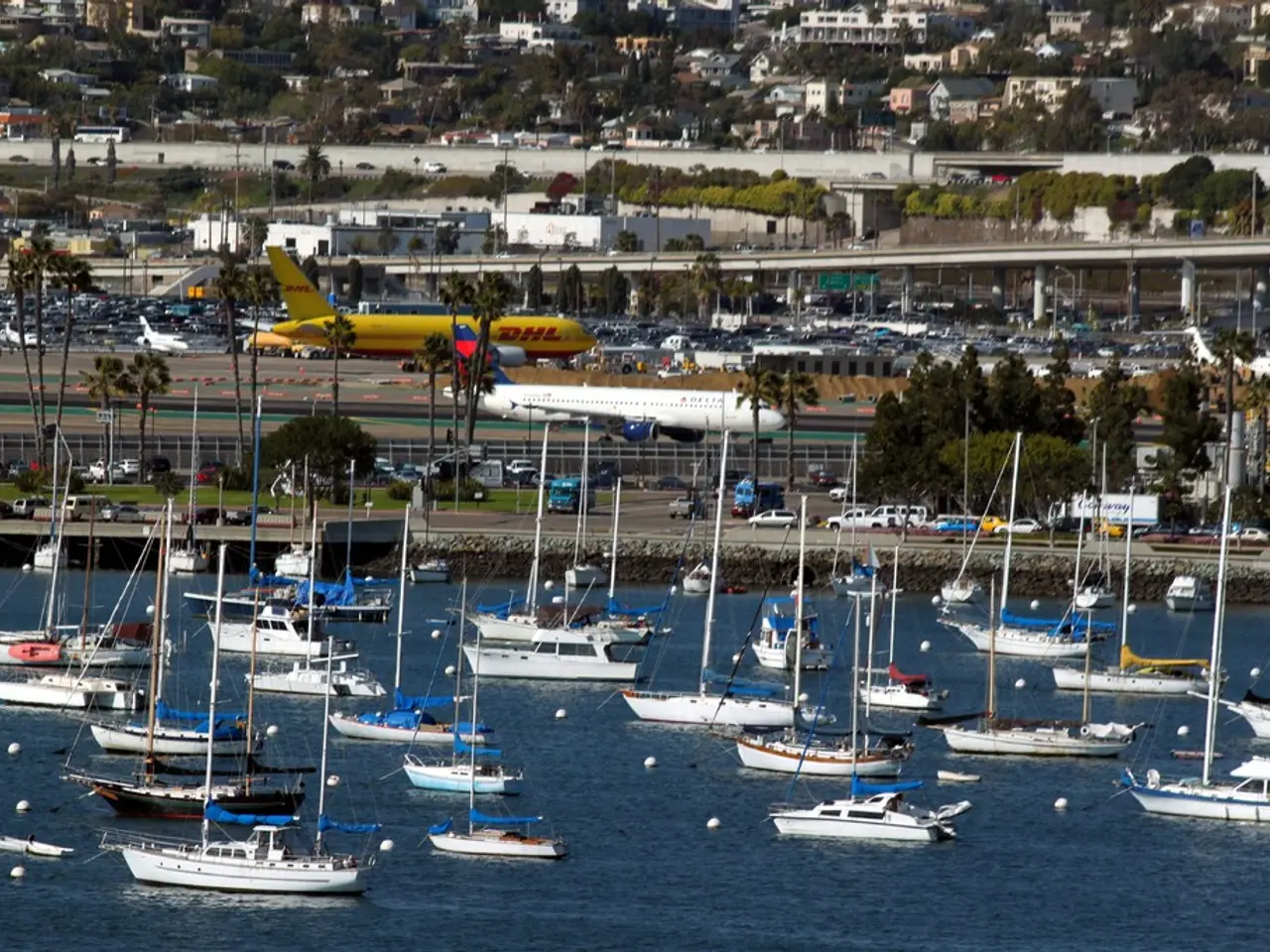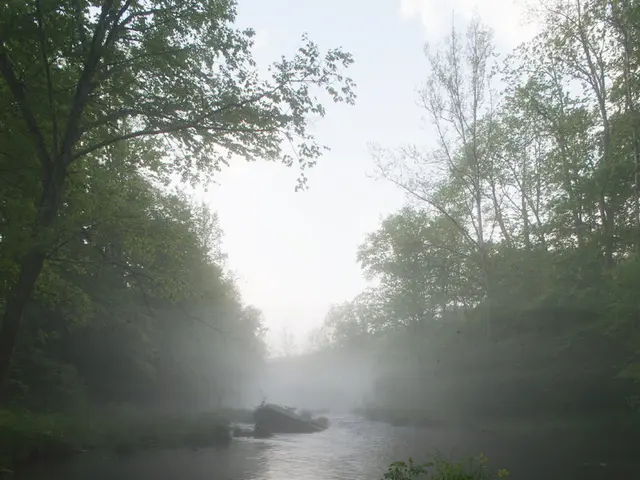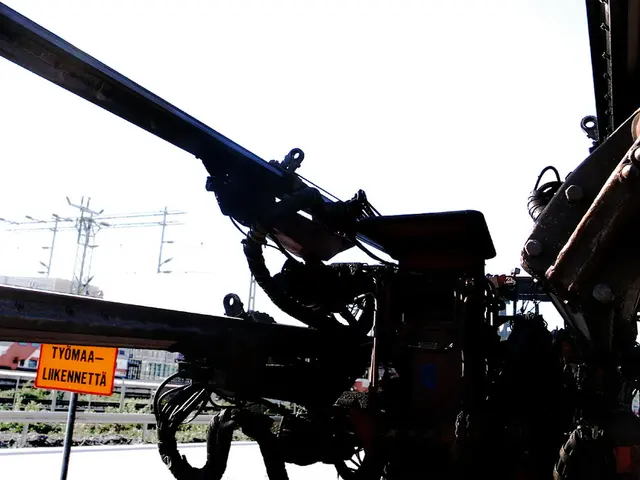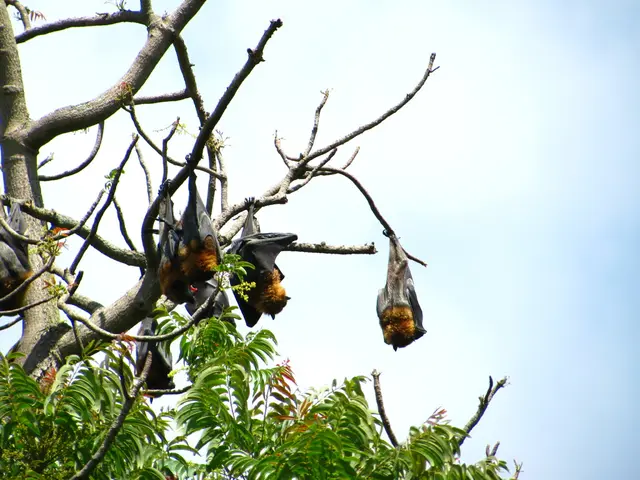Canadair Water Bomber Makes Global Comeback with 250-350 Orders
The iconic Canada water bomber, a game-changer in wildfire fighting since the 1960s, is making a comeback. De Havilland Canada, now in charge of production, predicts global orders could reach 250 to 350 aircraft, with recent contracts from Europe and Spain.
Initially introduced as the first aircraft designed specifically for scooping and dumping water on fires, the Canada water bomber can collect 6,000 litres of water in just 12 seconds without landing. This efficiency allows pilots to make a water drop every two minutes, making it a crucial tool in battling wildfires.
After production halted in 2015 due to declining sales and shared aircraft, De Havilland Canada revived the program in 2021. The company acquired the rights in 2016 and has since modernized the design, updating the cockpit and electronics while retaining its successful elements. The demand for these aircraft has surged, with 22 next-generation Canada planes ordered by European countries at the Paris Air Show in 2022. Most recently, the Spanish government announced the expansion of its water bomber fleet with seven modernized DHC-515 aircraft.
With growing interest from global markets, sustaining production to meet demand may require significant investment. However, the Canada water bomber's proven track record and modernized design position it well for continued success in wildfire fighting. De Havilland Canada estimates global orders could reach between 250 and 350 planes, indicating a bright future for this historic aircraft.
Read also:
- Boston Metal pioneers route to commercial production for eco-friendly steel method
- United States Secures $632 Million to Fuel Electric Vehicle Revolution
- Clean energy companies HyFlux and AMRC secure financing from ATI for game-changing advancements in aeroplane cooling systems linked to clean aviation.
- DKSH Upgrades Distribution Operations Through Significant Technological Renovation








